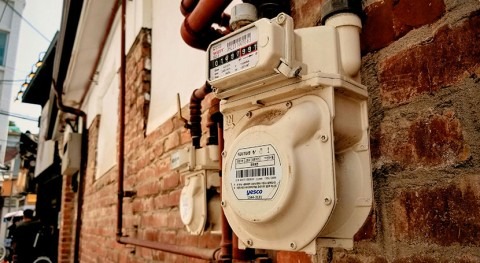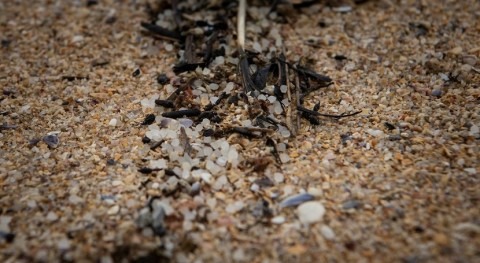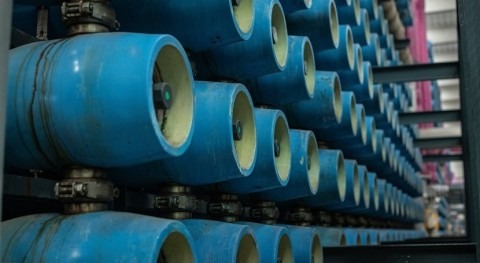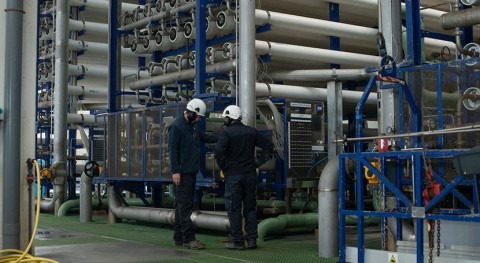Research is ongoing across the world to learn how the virus that causes COVID-19, SARS-CoV-2, spreads, with transmission known to occur via respiratory droplets, aerosols and direct contact with infected people. Since faecal shedding of the virus has been shown, poor sanitation systems such as those in low-income countries could pose risks of viral spread via wastewater, informs News-Medical.
An article published earlier this month in Science of the Total Environment looks into potential pathways for the virus to enter water systems. Latrine sanitation systems located close to groundwater sources and open defecation, together with discharges of untreated wastewater, can contaminate surface and groundwater sources used for daily water consumption in settings where poor sanitation and lack of proper water management is common. The authors propose preventive measures to forestall potential transmission of COVID-19 and waterborne diseases via wastewater:
- Decentralization of wastewater treatment for healthcare centres would keep their sewage separate from community systems to ensure proper treatment that ensures virus removal, decreasing the likelihood of water source contamination by the virus.
- The testing rates for COVID-19 in low-income countries are low due to a lack of resources. Testing for virus particles in community wastewater, which can then be followed with individual testing, would be an alternative to control the spread of disease. Wastewater-based epidemiology is considered effective to monitoring the status and trends of viral infections.
- Globally, poor sanitation and water quality were responsible for about 829,000 WASH-attributable deaths in 2016. Adequate sanitation and improved water quality – Sustainable Development Goal 6 – would address not only unexpected transmission of SARS-CoV-2 but also other diseases caused by virus, bacteria and parasites transmitted by faecally contaminated water.
- Point-of use water decontamination methods using low-cost technology can be used to treat sewage. Previously used methods include iron-oxide bio-sand filters, zero-valent iron filters, nanocellulose - and gravity-based ultrafiltration. Their effectiveness may be increased with ultraviolet irradiation, ozonation, and chlorine.
- Finally, policy interventions to inform people of the existing risks and encourage safe behaviours, such as preventing the use of water sources as recreational waters, are essential and should go hand in hand with technological and testing solutions.




















